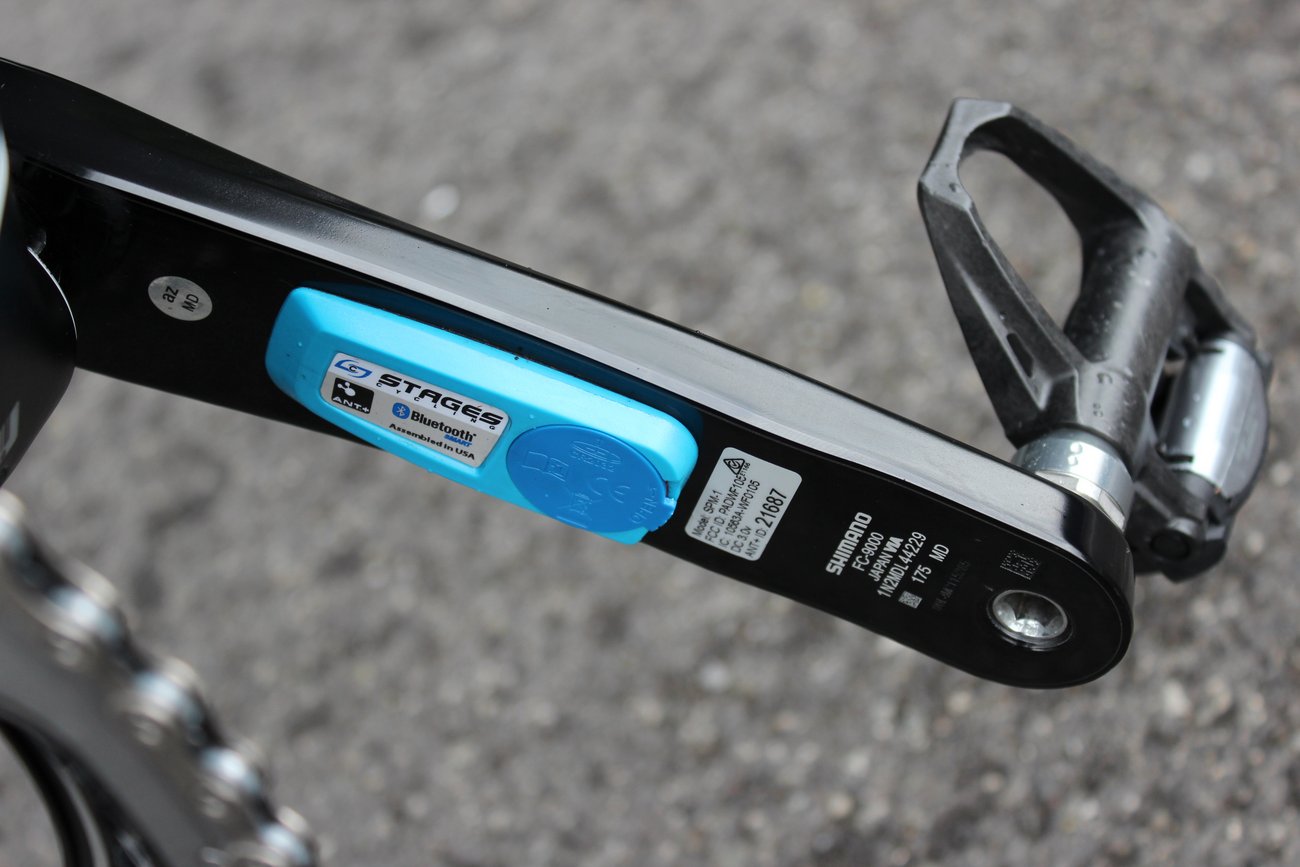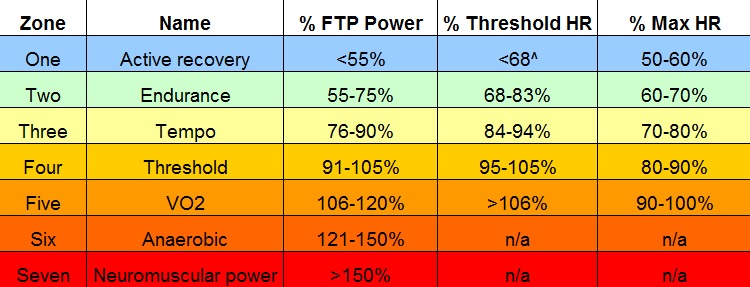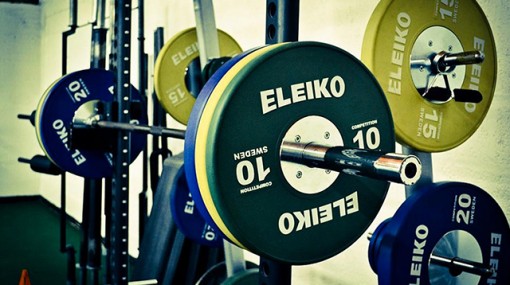2. Why are there often more than three zones?
-

Coach Tom Kirk recommends dropping a gear and lowering your cadence to prepare for the effort of short, steep climbs if you live in a flat area (Pic: Sirotti)
-

The Stages power meter is used by Team Sky and is pictured here on Geraint Thomas' bike
-

If you want to calculate your training zones then prepare to ride hard (Pic: Media24)
-

Use your training zones to work on specific areas of your fitness in the build-up to the Etape du Tour (Pic: Factory Media)
-

You can use your training zones to recognise when it's time to step off the gas (Pic: Sirotti)
-

Hill reps are an effective way to improve your climbing prowess
2. Why are there often more than three zones?
We’ve discussed the basic structure of three zones but there are many different models for the number of zones. All, however, are based on the aerobic and anaerobic thresholds. So why the need for more zones, I hear you ask?
Coaches tend to like a lot of zones as this gives us a more detailed way to describe sessions to the riders we coach. I, for example, like to use Andy Coggan’s five zones for heart rate and seven zones for power.
Having more zones means you can more precisely hone in on a specific intensity and, therefore, target more precisely a certain aspect of fitness. What is important to remember, however, is no matter how many zones you use, they represent a certain range on a spectrum of intensity. Just as when looking at a rainbow it’s very easy to identify the colour blue but very difficult to pick the exact point at which blue turns into indigo. To refer back to cycling, it’s easy to select the intensity required to work on a rider’s base fitness (zone two in Coggan’s model) but riding at the top of zone two and the very bottom of zone three will bring about very similar physiological adaptations despite being different zones.
For whichever model you decide to use, the most important thing is that you understand what each zone is targeting and you stick to the zones when out training. Doing this – especially for riders with limited time on the bike – will allow you to maximise the time you have to train and will cut down on the amount of junk training that you do.
But how can you calculate your training zones?





